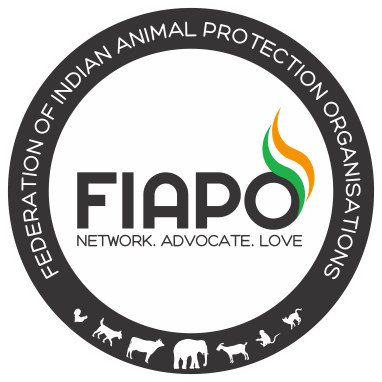Every morning, on a road next to a Metro station near my house, the Indian way of life has a communion with Swacch Bharat.
After collecting garbage from nearby colonies, contracted workers of the municipal council, dump it in the middle of the road. Within minutes, stray cows and dogs start scavenging for food in this putrid pile.
The cows search patiently: plastic bags, sanitary napkins, stale vegetables, dry rotis and newspapers laced with food get carefully scanned for anything that is edible. In the end, not satiated by the garbage, the cows turn to the carts of roadside vegetable vendors, who, instead of feeding them, drive the animals away with sticks and chappals.
This, essentially, is the plight of the animal that is leading to murders, violence, bigotry and bans in India. While people fight over whether cattle can be turned into food, the poor Gau Mata struggles daily for nourishment.
Cows are symbols of our hypocrisy. We use them in every possible manner, squeeze every drop of milk out of them, inject them with chemicals and hormones to increase their output and then leave them on the roads, hoping some pious Hindu would throw food at them and reduce our cost of feeding them.
No, Hindus don’t kill cows. They only leave them out on the streets once they become dry, barren to die, either because of hunger or disease (some say, like the vanprastha stage of our lives, this is the inevitable roadprastha stage of bovine life!). If they do not want a calf, they ensure that it gets kicked to death by the mother by yoking it with a large wooden triangle that irritates her udders while feeding. And then there is of course the easier method of tethering an animal until it starves to death and vultures and dogs pounce on it.
But, we are ready to kill human beings on the mere suspicion that one of these unfortunate animals we had left in the street to die had become part of his dinner.
So, gau hamari mata hai, right? Let us compare the plight of our holy mother with cows in other countries. In a study of livestock in West Bengal, a professor at the University of Missouri found that the cattle ate only the inedible remains of crops (apart from what they find in streets). A similar study in the US by scientists at Cornell University found that 91 percent of the cereal, bean, and vegetable protein suitable for human consumption is consumed by livestock.
Many historians have argued that beef was our staple diet; kings slaughtered them regularly during celebrations and public functions, even Brahmins feasted on them. But gradually their killing and consumption was discouraged, primarily because of socio-economic reasons.
Cows gave us milk and other dairy products, they produced oxen that were used in fields and beasts of burden, their dung was used as fuel and manure. For many families, a cow was the centre of their economy. Killing it deprived them of milk, fuel and oxen to farm their land, leading to financial ruin. So, protecting them made lot of socio-economic sense.
“It seems probable that the sense of unutterable profanity elicited by cow slaughter has its roots in the excruciating contradiction between immediate needs and long-run conditions of survival,” argues Columbia University anthropologist Marvin Harris in an essay on the importance of cows in Indian culture.
Date: 7/10/2015
http://www.firstpost.com/india/gau-mata-really-why-cows-are-symbols-of-our-hypocrisy-2453944.html



